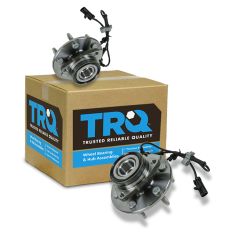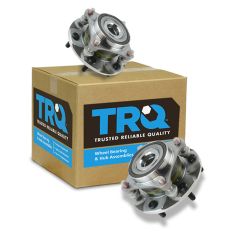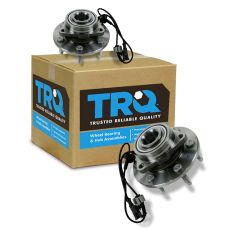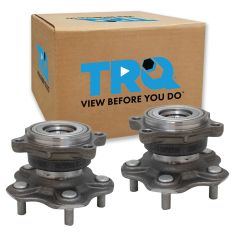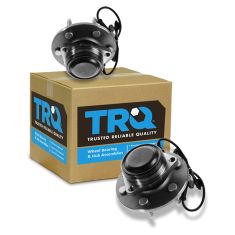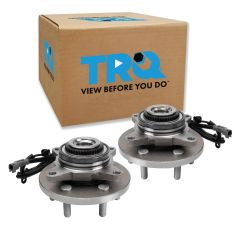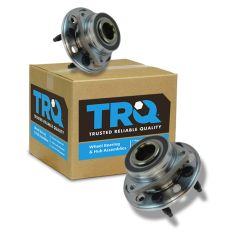Wheel Bearing & Hub Assemblies
-
-
- Air Deflectors & Valance Panels
- Battery Trays & Related
- Body Panels
- Bumpers & Related - Front & Rear
- Convertible Tops, Soft Tops, & Parts
- Decal & Stripe Kits
- Emblems & Nameplates
- Engine Compartment Trim
- Frame Parts & Bushings
- Fuel Door Parts
- Fuel Tank Filler Neck
- Grille
- Header Panel
- Hood & Hatch Lift Supports
- Hood Latch & Catch Brackets
- Hood Release Cable
- Jack Pads
- Radiator Supports
- Rust Repair Panels
- Splash Shields & Fender Liners
- Tailgate Cables
- Tailgate Hinges & Related
- Weatherstripping
-
- Car Covers
- Exterior Lighting
- Exterior Parts & Accessories
- Exterior Safety & Security
- Exterior Storage
- Fender Flares
- License Plate Brackets & Frames
- Mud Flaps & Splash Guards
- Nerf Bars, Side Steps, Running Boards
- Radio Antenna
- Rain Deflectors
- Roll Bars, Light Bars, & Related
- Roof Rack
- Skid Plates
- Spare Tire Carriers & Related
- Spare Tire Covers
- Tire Care
- Tonneau Covers
- Tow Hooks & D-Shackles
- Towing Accessories
- Trailer Hitch & Components
-
- Accelerator Pedal Pad
- Auto Carpet
- Brake Pedal Pad
- Clutch Pedal Pad
- Console Parts
- Dash Pad Cover
- Dash Vents
- Floor Mats & Liners
- Horns & Horn Parts
- Interior Parts & Accessories
- Mirror - Interior Rear View
- Seat Cover and Sets
- Seat Heater Kits
- Seat Parts and Accessories
- Sun Visors & Related
- Trunk & Cargo Parts
-
- Accelerator Pedals & Sensors
- Alarms, Control Modules, & Remote Start
- Cruise Control Switch & Lever
- Electrical Parts
- Hazard Switch
- Ignition Key Lock Cylinder
- Ignition Switch
- Keyless Entry Remote & Related
- Neutral Safety Switch
- Parking Assist Cameras & Monitors
- Power Mirror Switch
- Power Seat Switches
- Power Window Switch
- Radio, Navigation, Entertainment
- Reverse Light Switch
- Trunk Release & Lock Solenoids
- Turn Signal Switches and Levers
- Windshield Wiper Switch
-
- Idler Arm
- Pitman Arm
- Power Steering Hoses
- Power Steering Oil Cooler
- Power Steering Pressure Sensor
- Power Steering Pump
- Power Steering Pump Cooling Fan
- Power Steering Pump Pulley
- Power Steering Pump Reservoir
- Steering Dampers
- Steering Knuckles and Spindles
- Steering Rack and Gear Boxes
- Steering Shafts & Couplers
- Steering Wheels & Column Parts
- Tie Rods & Adjusting Sleeves
-
-
-
-
-
3065
307
10
10
-
Notify When Available
Replaces Chevrolet GMC Cadillac Front Driver & Passenger Side 2 Piece Wheel Bearing & Hub Assembly Set TRQ BHA53298
Brand: TRQ - BHA53298$134.95Save 24%List $177.95 Save $43.00Brand: TRQ - BHA53298$134.95Save 24%List $177.95 Save $43.00 -
Notify When Available
Replaces Toyota Lexus Front Driver & Passenger Side 2 Piece Wheel Bearing & Hub Assembly Set TRQ BHA53798
Brand: TRQ - BHA53798$174.95Save 13%List $201.95 Save $27.00Replaces Toyota Lexus Front Driver & Passenger Side 2 Piece Wheel Bearing & Hub Assembly Set TRQ BHA53798
Brand: TRQ - BHA53798$174.95Save 13%List $201.95 Save $27.00 -
Notify When Available
Replaces Chevrolet GMC Cadillac Front Driver & Passenger Side 2 Piece Wheel Bearing & Hub Assembly Set TRQ BHA50034
Brand: TRQ - BHA50034$174.95Save 18%List $212.95 Save $38.00Brand: TRQ - BHA50034$174.95Save 18%List $212.95 Save $38.00 -
Notify When Available
Replaces Ram 1500 1500 Classic Front Driver & Passenger Side 2 Piece Wheel Bearing & Hub Assembly Set TRQ BHA85802
Brand: TRQ - BHA85802$184.95Save 12%List $209.95 Save $25.00Brand: TRQ - BHA85802$184.95Save 12%List $209.95 Save $25.00 -
Notify When Available
Replaces Nissan 350Z Infiniti G35 Rear Driver & Passenger Side 2 Piece Wheel Bearing & Hub Assembly Set TRQ BHA51478
Brand: TRQ - BHA51478$112.95Save 22%List $144.95 Save $32.00Brand: TRQ - BHA51478$112.95Save 22%List $144.95 Save $32.00 -
Notify When Available
Replaces Chevrolet GMC Cadillac Front Driver & Passenger Side 2 Piece Wheel Bearing & Hub Assembly Set TRQ BHA53303
Brand: TRQ - BHA53303$139.95Save 20%List $175.95 Save $36.00Brand: TRQ - BHA53303$139.95Save 20%List $175.95 Save $36.00 -
Notify When Available
Replaces Chevrolet GMC Cadillac Front Driver & Passenger Side 2 Piece Wheel Bearing & Hub Assembly Set TRQ BHA53838
Brand: TRQ - BHA53838$174.95Save 21%List $220.95 Save $46.00Brand: TRQ - BHA53838$174.95Save 21%List $220.95 Save $46.00 -
Notify When Available
Replaces 2017-20 Ford F150 Truck 4 Wheel Drive Front Driver & Passenger Side 2 Piece Wheel Bearing & Hub Assembly Set TRQ BHA34734
Brand: TRQ - BHA34734$219.95Save 20%List $273.95 Save $54.00Brand: TRQ - BHA34734$219.95Save 20%List $273.95 Save $54.00 -
Notify When Available
Replaces Driver & Passenger Side 2 Piece Wheel Bearing & Hub Assembly Set TRQ BHA50039
Brand: TRQ - BHA50039$104.95Save 20%List $131.95 Save $27.00Brand: TRQ - BHA50039$104.95Save 20%List $131.95 Save $27.00 -
Notify When Available
Replaces Chevrolet GMC Buick Cadillac Saab Driver & Passenger Side 2 Piece Wheel Bearing & Hub Assembly Set TRQ BHA53773
Brand: TRQ - BHA53773$127.95Save 20%List $158.95 Save $31.00Brand: TRQ - BHA53773$127.95Save 20%List $158.95 Save $31.00
loading...
Choose the Make of Your Vehicle
